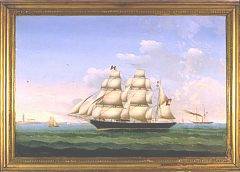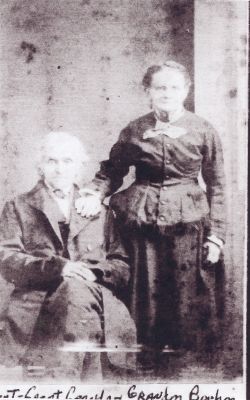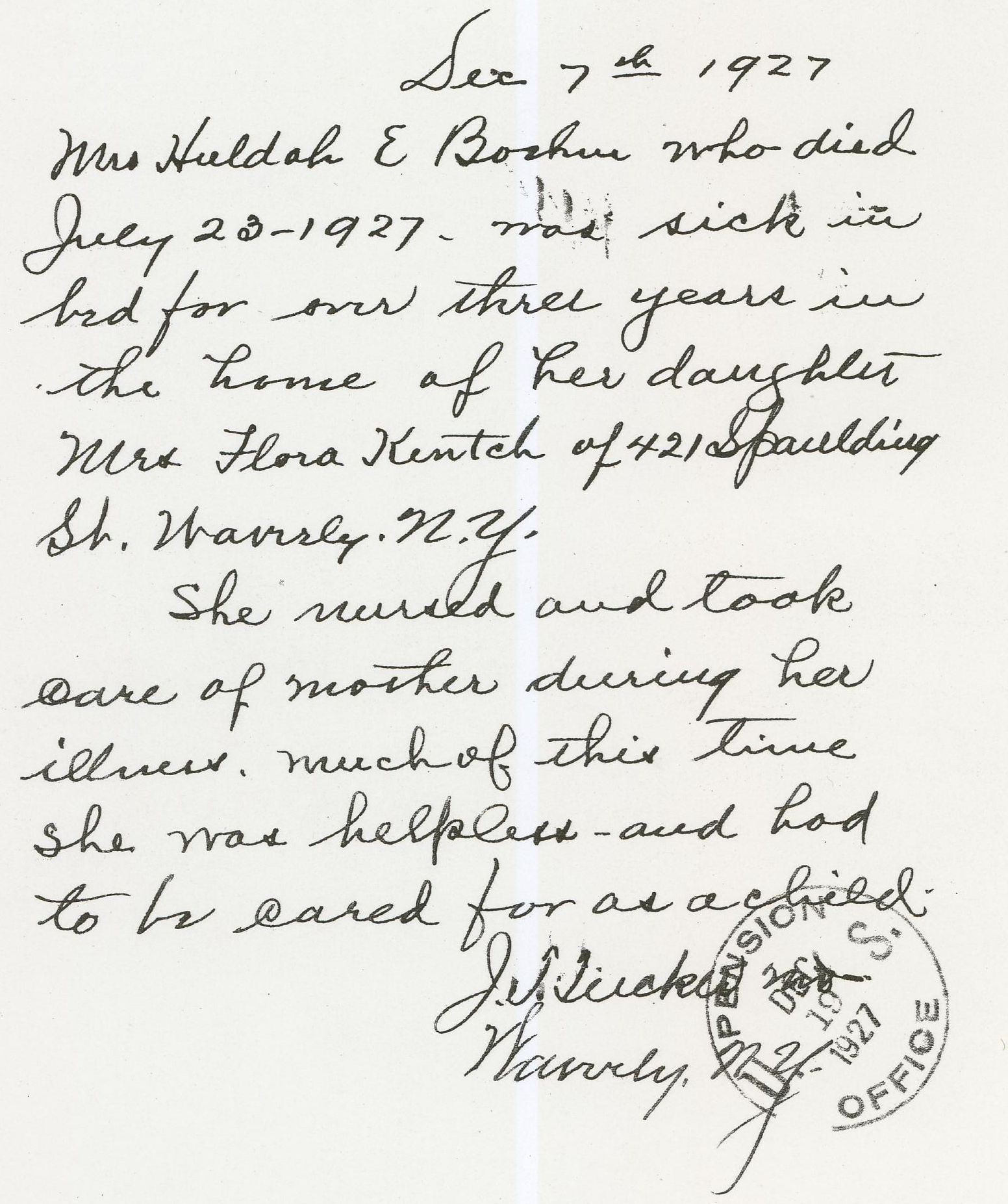Doctor’s
Statement from Pension File
[i] Civil War Pension File of
Frank L. Boehm, a copy of which is in the possession of the author.
[ii] Passenger list number 761, National Archives and Records
Administration (NARA) microfilm M237, roll 203.
[iii] Biographies of Tioga County Civil War Soldiers extracted
from PRESIDENTS, SOLDIERS, STATESMEN:
Charles L. Boehm [brother of Frank]
A native of Saxony, Germany, born
March 6, 1837, was a son of Carl L. and Fredericka Boehm, now deceased.
In 1864 he settled in Tioga county, Pa., where he was married two years
later on Aug. 18, to Tina Neupert, who was also born in Saxony,
Germany, Sept. 19, 1842; her parents, Frederick and Johanna
(Christiana) Neupert, are both deceased. The following children have
blessed this marriage, Amelia A., Huldah E., Frank C., Oscar dec.,
Walter G., Albert W., Lena D., Herman F. dec., Freddie F., Carl L. and
Christiana J. Comrade Boehm was by occupation a spinner when he
enlisted Oct. 1, 1862, at East Hampton, Mass., at the age of 25 years
as a private in Co. K., 52d Mass. V. I., which was assigned to Gen.
Bank's Div., 19th Army Corps. In March, 1863, while on the march from
Fort Hudson to Baton Rouge he contracted disease of the lungs from the
effects of which he still suffers; June 14, 1863, his collar bone was
fractured by a fragment of
shell at Port Hudson; he fought at
Baton Rouge, Ft. Donelson, Irish Bend, Port Hudson and numerous
skirmishes, receiving an honorable discharge Aug. 14, 1863, at
Greenfield, Mass., at expiration of term of service. At the battle of
Port Hudson June 14, 1863, where 203 were killed, and 1,401 were
wounded and 201 missing, Comrade Boehm slept two hours on the
battlefield among them, and did duty for two nights, and one night
worked on rifle pits. A brother, Frank S. Boehm, served in the late war
and belonged to Co. K, 52nd Pa. V. I., and was killed in 1890 while
engaged in work for Fall Brook R. R. Co., as car inspector. Comrade
Boehm is a member of Brown Post, 171, he is a car inspector for Fall
Brook R. R. Co., and in the spring of 1874 while discharging his duty
he accidentally lost a portion of his right hand; his address is
Blossburg, Pa.
[iv] Birth Certificate of third known child Emilie Ida (author’s
great grandmother) b. 30 August 1866, in the possession of the
author.
[v] Wikipedia, < http://en.wikipedia.org/wiki/Eibenstock>
[vi] 1900 census, Blossburg Borough, Tioga County, PA, (T623,
roll 1489), ED 122, SD 11, page 5A, sheet 5, dwl/fam 107/107. Only nine
of Hulda’s fifteen children were still living at that time and only one
of the six who died is known, Hulda Emilie (1868-1873), so probably
most died as infants.
[vii] Civil War Pension File of Frank L. Boehm.
[viii] James K. Hosmer, The Color-Guard: Being A Corporal’s Notes
of Military Service in the Nineteenth Army Corps, Walker, Wise and
Company, Boston, 1864, a copy of which is in the possession of
the author.
[ix] 1892 census, Town of Corning, Steuben County, NY
[x] Letter (with 12 page attachment) from Juanita Boehm
(103 Timberline Drive, Vicksburg, MS 39180) to Nellie (Fish) Harris 26
February 1986; held by the author. Ms. Harris was the granddaughter and
Ms. Boehm is the great granddaughter of the subject couple. It is
evident from the letter that they had previously corresponded about
this subject.
[xi] 1930 census, Town of Riverside, Steuben County, NY, ED
51-34, SD 13, page 96, sheet 3B, dwl/fam 70/70.
[xii] 1920 census, Village of Waverly, Town of Barton, Tioga
County, NY, ED 153, SD 18, page 63, sheet 14A, dwl/fam 302/365
[xiii] Letter from Juanita Boehm to Nellie (Fish) Harris 26
February 1986.








